Rotator Cuff Tendonitis
Table of Contents
What is Rotator Cuff Tendinitis?
Rotator cuff tendinitis/tendonitis is a condition that affects the tendons and muscles that help move your shoulder joint. Rotator cuff tendinitis is an inflammation of the connective tissues that support the shoulder to move. If you have tendinitis, it means that tendons get inflamed or irritated. Rotator cuff tendinitis is also termed impingement syndrome/impinged shoulder.
This condition usually occurs over time. It can be due to keeping the shoulder in one position for a while, sleeping on the shoulder every night, or participating in such activities that require lifting the arm over the head.
Athletes playing sports that require lifting their arms over their heads commonly develop rotator cuff tendinitis. This is why the condition may also be termed as:
- Swimmer’s shoulder: Swimmers also have repeated use of the shoulder joint for swimming.
- Pitcher’s shoulder: Athletes also have repeated use of the shoulder.
- Tennis shoulder
Sometimes rotator cuff tendinitis can occur due to unknown causes. Most people with this condition are able to regain the full function of the shoulder without any pain.
This tendinitis can be a very painful or dull ache pain and may restrict a person from performing everyday activities. When the condition is mild or starts, a person can usually treat the condition with rest, home remedies, and by practicing certain exercises.
What is Rotator Cuff?
The rotator cuff muscles are present in the shoulder. It is a group of muscles and tendons that surround the shoulder joint, keeping the head of the upper arm bone(Humerus) firmly within the shallow socket of the shoulder(Scapula). A rotator cuff injury can cause a dull ache type of pain in the shoulder that worsens at night.
The rotator cuff consists of (SITS) includes:
- Supraspinatus
- Infraspinatus
- Teres minor
- Subscapularis
Rotator cuff injuries are common injuries and increase with age. These injuries may occur in young people who have jobs that require repeatedly performing or making overhead motions, such as painters and carpenters.
Causes:
Rotator cuff tendinitis condition is common in both young athletes and middle-aged people who are doing jobs. Young athletes or sportspersons who use their arms or shoulder above the head for swimming, baseball, and tennis are particularly impotent. Those who do repetitive lifting or overhead movements using the arm, such as paper hanging, building, or painting are also susceptible.
Pain may also develop or started as a result of a little injury. Sometimes, it occurs with no clear cause.
As a person gets older, tendons and ligaments lose their strength and take a longer time to recover. Rotator cuff tendinitis is more likely to happen in these cases:
- Repeatedly using arms, especially in movements overhead
- Not giving your rotator cuff muscles enough time to rest after so much use or overuse
- Slumping forward or slump posture
- Having stiffness in the shoulder joint between the humerus head and socket from an injury
- Having bone spurs (sharp and shiny smooth growths off the edge of bones) that rub up against the tendons of your rotator cuff
This condition is often caused by or associated with repetitive overhead activities such as throwing balls, raking, washing cars or windows, and many other highly repetitive motions. It may also occur as a result of any injury on the shoulder. Rotator cuff injuries are the most common reason for shoulder pain. This injury is the reason for the limitation of activities in sports in all age groups. Rotator cuff tendonitis is the mildest or starting form of rotator cuff injury.
Which are the Symptoms of Rotator Cuff Tendonitis?
The symptoms of rotator cuff tendinitis tend to get more harmful over time. Initial symptoms may be treated with rest, but the symptoms can later become constant.
Beginning symptoms may be mild, not more severe. Patients frequently do not take treatment at an early stage or beginning. These symptoms may include:
Symptoms of rotator cuff tendinitis include:
- Pain present at both activity and rest
- Pain present in the front of shoulder and side of your arm
- Pain triggered by lifting or lowering your arm from an elevated position
- A clicking sound is heard when raising your arm
- Stiffness in the shoulder joint
- Swelling
- Tenderness
- Weakness in the arm
- Pain present that causes you to wake up from sleep
- Pain occurs when reaching or touching behind your back
- A loss or decrease of mobility and strength in the affected arm
- Athletes in overhead sports activity may have pain when throwing or serving a tennis ball
As the problem progresses or gets severe, the symptoms increases:
- Pain may present at night
- Loss of strength and motion
- Difficulty in doing activities that place the arm behind the back, such as buttoning or zipping clothing
- If the pain comes on suddenly doing any activity, the shoulder may get severely tender. All movement may be limited in motion and painful also.
Problematic movements can include:
- Pitching a baseball
- Serving a tennis ball
- Serving or spiking a volleyball
- Using the arm to propel forward in swimming
Diagnosis:
If a person has symptoms of rotator cuff tendinitis, the doctor will begin by examining the shoulder. The doctor will examine them to see where feeling pain and tenderness. Your doctor will also test your range of motion(ROM) by asking you to move your arm in certain directions.
The doctor may also test the strength of the shoulder joint by asking you to press against their hand. They may also examine your neck movements to check for conditions such as a pinched nerve or arthritis that can cause symptoms similar to rotator cuff tendinitis.
The first step is by physical examination of the shoulder. It includes movement and strength of the shoulder joint to evaluate a range of motion, pain, weakness, and instability.
Your doctor may perform imaging tests to confirm the diagnosis of rotator cuff tendinitis and rule out any other causes of your symptoms. The doctor may diagnose the condition in the following ways:
X-ray: A X-ray may be performed to see if you have a broken bone, arthritis, bone disease, or bone spur.
MRI: It is used to visualize any tear in the joint. It can detect even small tears in the cuff.
Ultrasound: It is used to check for inflammation in your rotator cuff and signs of any tearing.
Arthrogram: Another study called the arthrogram, in which dye is injected into the joint, may also be useful for diagnosis.
Treatment of Rotator Cuff Tendonitis:
Medical treatment:
The following measures should be taken as a conservative technique for treating rotator cuff tendonitis:
- Reduce activity: Stop or decrease the activity that required the use of the shoulder at or above shoulder level.
- Ice: Apply ice to the affected area, which will reduce inflammation and pain. Apply ice for 10-20 minutes twice or thrice a day. It will also reduce swelling.
- Medicines: Take anti-inflammatory medication NSAIDs to reduce pain in the arm and shoulder.
- In the early phases, over-the-counter anti-inflammatory medications and NSAIDs may provide benefits. However, to allow the inflammation to resolve, it is vital to shorten any repetitive activity and it is equally important to try to keep the elbow below shoulder level when using the arm.
- Steroids: If other conservative or medical treatments do not work, steroid treatment may be used to reduce inflammation and pain. These steroids can be taken at home as pills or injected directly into the joint space just above the injured tendons. Injections of steroids can offer long-term pain relief but are used only when they are specifically indicated by the doctor.
- Exercises: Begin an exercise program to maintain the flexibility of the joint.
Prevention: Avoid carrying heavy objects or loads on the affected arm or using shoulder-strap bags on the affected side. - Stretching: Daily stretching and a hot shower is also beneficial. If pain in the shoulder joint becomes more severe, prescription strength medication or a cortisone-type injection may help.
- Cortisone injections can be very effective in the treatment of pain in the joint. When used, injections should be done simultaneously with a home exercise program for flexibility and strengthening, modification of activities, and ice. Other pain-controlling options include heat, ice, modalities like ultrasound, and therapeutic massage.
For a young patient under the age of 30 years and with a first-time episode of rotator cuff tendonitis that is treated immediately with the above protocol, the average length of time for rehabilitation is 2-4 weeks. For those with recurrent episodes of tendonitis, rotator cuff tendonitis may take many months to heal and in rare cases, it may require surgery.
Surgical treatment:
This tendinitis without a tear in the cuff normally does not require surgery, and treatment as described above is usually enough to cure the pain and inflammation. If pain continues after several months of these treatments and steroid injections have provided only temporary relief or not works, then surgery becomes another option. The most common procedure for rotator cuff tendinitis is called ACROMIOPLASTY in which an arthroscope is used. The arthroscope is a device that is a small camera inserted into the shoulder joint through an incision about the size of a buttonhole. With the help of a scope, the surgeon can view the injured area and shave the underside of the acromion process to increase the space between it and the rotator cuff tendons that is injured. This space helps in preventing the pinching of the tendon and irritation during shoulder movements. Also, damaged tissue can be removed in the surgery and minor tears can be repaired.
To repair severe damage or larger tears in the rotator cuff, open surgery is required. Compared with arthroscopy treatment, the incision is larger in this surgery and the time required for healing is also longer. After surgery, rehabilitation is also needed and it is also longer. During open surgery, the space between the acromion process and the damaged tendon is increased, the tendon is cut and a small area of bone is cut out of the humerus. The injured tendon is then reattached to the humerus with nails or stitches.
Surgery for recurrent rotator cuff tendonitis (bursitis) is periodically performed to:
- Remove a prominence or bone spur on the undersurface of the acromion.
- Remove chronically inflamed, thickened, irritated, and fibrotic bursal tissue.
- Inspect the tendons and tidy them up and sometimes repair a tear in the tendons.
- These procedures are often done in combination. This can be done either through an open or an arthroscopic approach with the start of an early rehabilitation program or physiotherapy treatment 1-2 days after surgery and progressing to a more comprehensive program between 2-5 weeks after surgery. The initiation and progression of these exercises are dependent upon the patient’s findings at surgery, surgical procedure, and rate of healing.
Physical Therapy Treatment in Rotator Cuff Tendonitis:
If a person is left alone, the condition can get worsen, and then tendons can wear down or tear. Treatment options that exist without surgery and an effective way may be physical therapy for rotator cuff tendonitis. A physical therapist may recommend exercises that will help with shoulder pain or rotator cuff tendonitis. Simple home remedies may even help if the condition is acute.
Your physical therapist will want to know how and when your pain began if you have had any past injuries and what movements seem to make the pain worse. Your physical therapist will diagnose and make a treatment plan by measuring for a (ROM) range of motion, testing your muscle strength, conduct a posture evaluation. The therapist may ask you questions about their work and hobbies to see if any of those activities are caused by repetitive motions that may be causing you pain.
It is essential to get proper treatment for tendinitis as soon as it is initiated. Over a long time of condition, a degenerated tendon that is not treated can begin to tear, causing a more serious condition. Physical therapy can be an extremely successful treatment in treating conditions like rotator cuff tendinitis, tendinosis, and shoulder impingement syndrome. The minimum time for recovery from rotator cuff tendonitis or a small tear is generally 2-4 weeks, and in persistent cases, it can take several months. In the early phase of the condition, the aim of treatment is to reduce swelling and inflammation of the tendons and relieve compression in the subacromial space. Later, exercises can be initiated to strengthen the muscles and improve the range of motion.
During the first few days of rotator cuff tendonitis, can be treated by applying an ice pack or ice massage to the shoulder for 15 to 20 minutes every four to six hours.
When a person is suffering in pain from rotator cuff tendonitis, avoid lifting heavy weights on the affected shoulder or reaching out, up, or overhead as much as possible. On the other hand, you don’t want to stop moving your shoulder altogether, because it can lead to a “frozen shoulder,” a condition in which the tissues around the shoulder shrink and reduce its range of motion and regular activities.
Physiotherapist makes a treatment program specific to the condition and may include a home exercise program which may help in improving strength, reducing swelling and inflammation, increasing range of motion, or preventing further injuries such as a tear.
Physical therapists would make a treatment plan that is specific to your condition and also makes goals for progression. Specific exercises or stretches may help in improving your condition and your physical therapist will make those recommendations. They may recommend treatment including pain management, massage, moist heat, a TENS UNIT, posture education, manual therapy, range of motion, strengthening exercises, or functional training. Your individual treatment schedule may include:
- Pain management: Physical therapists will help you to identify and avoid painful activities to allow the inflamed tendon to heal faster. Ice packs, massage, or moist heat may be applied for reducing pain. Therapeutic modalities, such as iontophoresis and electrical stimulation (TENS), and IFT may be applied.
- Patient Education: Education about posture is an essential part of rehabilitation. For example, shoulders roll forward as a person leans over a computer, due to this posture the tendons in the front of the shoulder may become pinched. A physical therapist may suggest your postures to your workstation and work habits. A physical therapist will also instruct you in ideal sitting, standing, and sleeping positions to help in decreasing symptoms. Your therapist may suggest different ways to perform currently painful activities and advice movements to avoid while the shoulder is painful.
- Manual therapy: Physical therapists may use manual techniques, such as gentle joint mobilization, soft-tissue massage, and shoulder stretches, to get your shoulder moving again in connection with your shoulder blade.
- Range-of-motion exercises: Physiotherapists will learn exercises and stretch to help the shoulder and shoulder blades move properly, so you can return to reaching and lifting without pain.
Before starting exercise, warm up your muscles and tendons in a warm shower or with a heating pad or hot pack. A person may undergo some mild soreness with muscle-toning exercises — ice applied to the shoulder help relieve it — but if you develop sharp or severe pain in the joint, stop the exercises for some days.
Start the pendulum exercise of the shoulder joint by bending or leaning forward on the unaffected hand and moving the affected hand in a pendulum way.
Weighted pendulum exercise:
The weighted pendulum exercise is instructed to decrease pressure on the rotator cuff by widening the joint space the tendons pass through. As your rotator cuff tendonitis improves with exercise, stretching and muscle-strengthening exercises become important. A physical therapist can help you with these exercises, but most of the exercises you can also do on your own.
Position can be sitting or standing holding a 5- to 10-pound weight in the hand of the affected shoulder. Use a hand weight or make one from a bottle or container filled with water. Relax the shoulder for a time in between exercises and allow the arm to hang straight down. Lean forward at a 20- to 25-degree angle and if you are standing, bend your knees slightly for a base of support, and swing your arm gently in forward-backward, sideway(left and right) movement in front, and a small circle, about one foot in diameter. Perform 10 circles in each direction clockwise and anti-clockwise both, once or twice a day. As symptoms improve, you can make the circle wider- but never force it to do.
- Stretching: Warm your muscles before performing all these stretching exercises.
Towel stretch: Grasp a towel behind your back and hold it at a 45-degree angle. Use your good arm to gently draw the affected arm up toward the lower back. Do 10 to 20 times/per day. You can also execute this exercise while holding the towel horizontally.
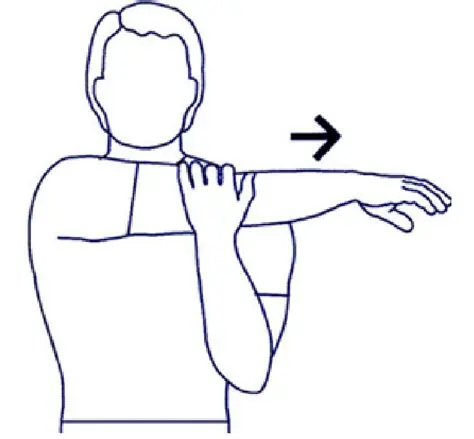
Cross-body stretch: Sitting or standing position, use the unaffected arm to raise the affected arm at the elbow and bring it up and across your body. Press gently just above the elbow, to stretch the shoulder joint. Hold the stretch for 15-20 seconds 10-20 times/per day.
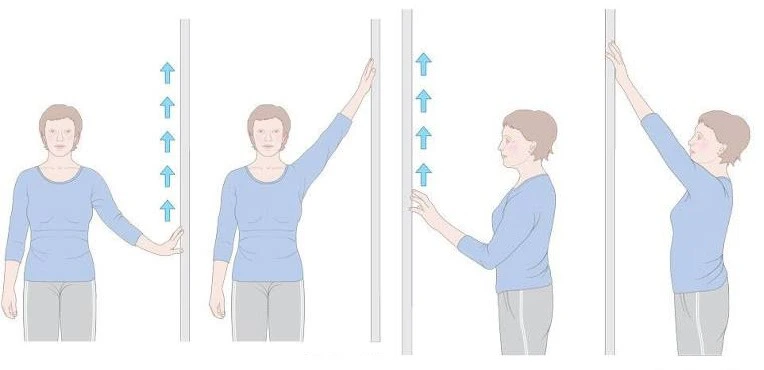
Finger walk: The person may stand facing a wall at some distance of about three-quarters of an arm’s length away. With the affected arm, reach out and touch the wall at about abdomen level. Slowly walk your fingers up the wall, as far as you comfortably can or until you raise your arm to shoulder level without pain. Your fingers should be doing most of the work or movement, not your shoulder muscles. Keep the elbow slightly bent. Slowly drop the arm, with the help of your good arm, if required. Perform this exercise 10-20 times/a day.
- Strengthening exercises:
A physical therapist will determine which strengthening exercises are correct for them, depending on their specific condition. The therapist may use weights, medicine balls, resistance bands, and other types of resistance training to challenge the weaker muscles to increase strength.
Isometric muscle-toning exercises:
1. Apply a hot pack and stretch your shoulder joint just before doing these exercises. Use things like flexible rubber tubing, a bungee cord, or a large rubber band to provide resistance.
2. Inward rotation: Hook or tie one end of the rope or band to the knob of a closed door. Keeping your elbow close to your body side and bent at a 90-degree angle, hold the band (it should be neither slack nor taut) and pull it toward your waist, like a swinging door. Hold for 5-7 seconds.
3. Outward rotation: Keep your elbows close to your body’s sides at a 90-degree angle. Hold the band in both hands and move your forearms apart 2-3 inches. Hold for 5-7 seconds and do 15 to 20 sets of these exercises each day.
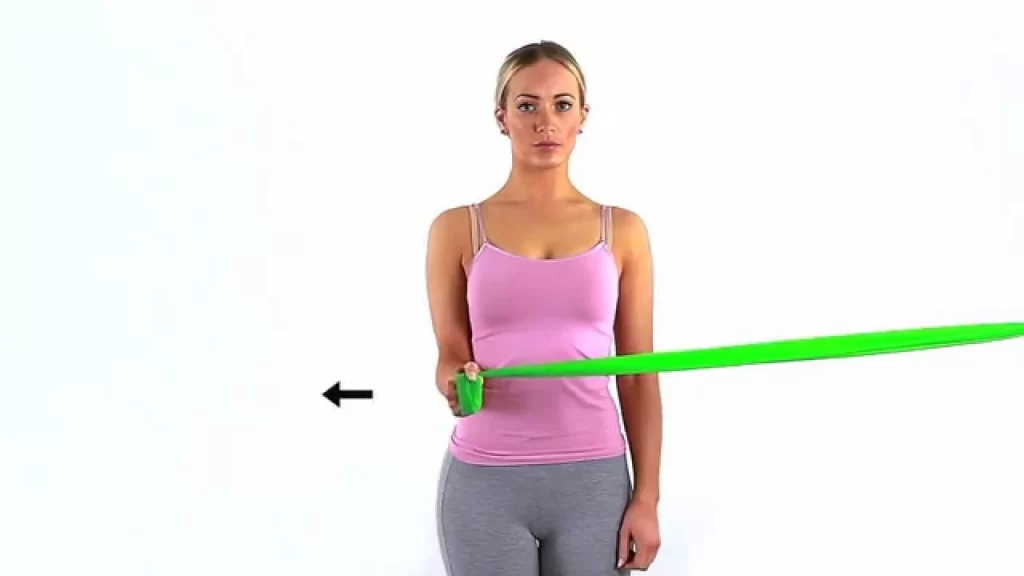
- Functional training. As your conditions improve, your physical therapist will help you return to your previous level of function, which may involve household chores, job duties, work at your job, and sports-related activities. Functional training can involve performing on lifting a glass into a cupboard or throwing a ball using proper shoulder mechanisms, do not perform trick movements. Physical therapy gets you back to your previous level of functioning as soon as possible.
Home care:
Treatment at home for your shoulder joint.
You can do several things at home to reduce pain from rotator cuff tendinitis. These techniques can also help in preventing rotator cuff tendinitis or another flare-up of pain.
Shoulder self-care method includes:
- Using a good posture while sitting or doing work at an occupation
- Avoiding lifting your arms repetitively above head
- Taking breaks from repetitive activities or in between activities
- Avoiding sleeping on the same side of the body every night
- Avoiding carrying a bag or heavy load on only one shoulder
- Carrying things close to the body
- Stretching your shoulders throughout the day or after an activity
Summary:
Rotator cuff tendinitis is a condition in which there is inflammation in the rotator cuff tendons. It occurs due to repeated activity, and overhead injury, and as age increases, heavyweight lifts regularly. It can be treated at home if a condition is acute by ice pack, massage, and exercise. Surgery is also another option.
Physical therapy is an important treatment for rotator cuff tendonitis. A physiotherapist helps in achieving range, and strength of muscle by modalities to decrease pain and exercise including a range of motion exercise, stretching the muscle joint, and strengthening of muscle. it helps to return to normal activity back.
FAQs
How do you treat rotator cuff tendinitis?
By following ways it is treated:
Ice: Putting ice bags or cold packs on the shoulder may reduce inflammation and pain.
NSAIDs: These anti-inflammatory aspirin-like drugs (Motrin, ibuprofen, Nuprin, Naprosyn, Advil, Aleve, etc.) …
Steroids: If other treatments do not work completely, steroid treatment may be used to reduce inflammation and pain.How long does it take for rotator cuff tendonitis to heal?
The minimum time for recovery from rotator cuff tendonitis or a small tear in the cuff is generally 2-4 weeks, and in stubborn cases, it can take several months. Early on, the aim of treatment is to reduce swelling and inflammation of the tendons and relieve compression in the subacromial joint space.
What are 2 warning signs of a rotator cuff tear?
The warning signs associated with a rotator cuff injury may:
Having a dull ache deep in the shoulder.
Disturbance in sleep.
Make it difficult to comb hair or reach your hand behind the back.
Have an arm weakness.What exercises aggravate the rotator cuff?
Exercises to avoid when having an injury in the rotator cuff:
Deadlifts
Shrugs.
Squatting.Can I lift weights with shoulder tendonitis?
When shoulder pain develops, the best thing to do is stop lifting weights for a while. Avoid upper body lifting and apply an ice pack on the pain site two to three times a day for about 20 minutes. Take anti-inflammatory medicines like ibuprofen or naproxen to relieve pain, especially if your injury is tendinitis.

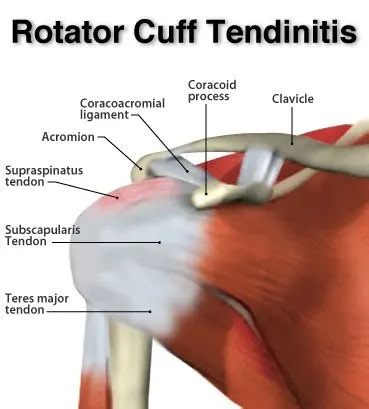
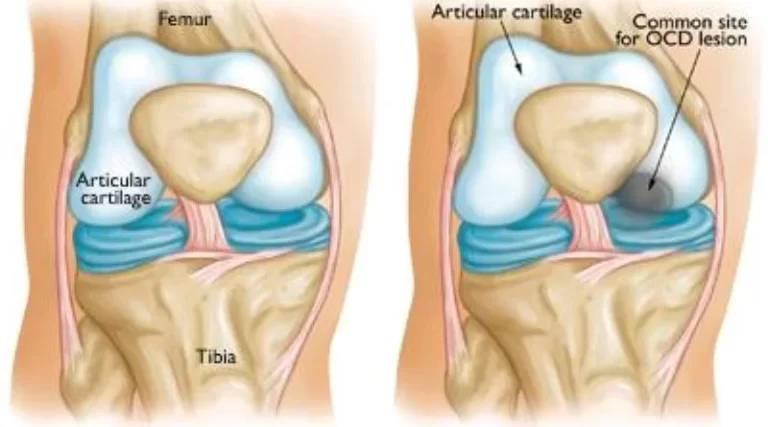
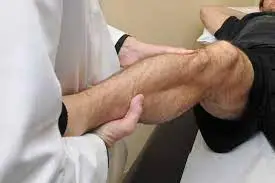
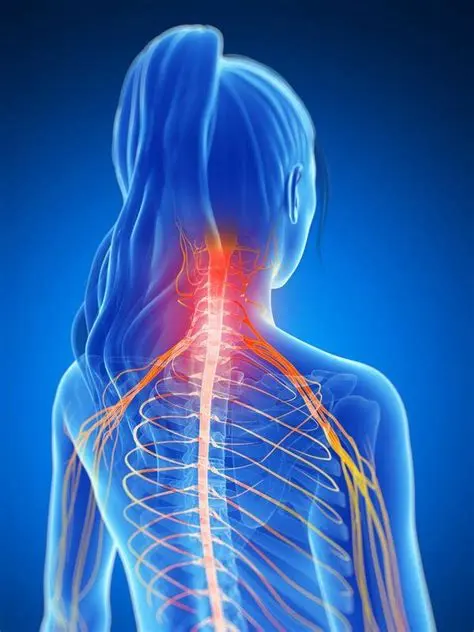
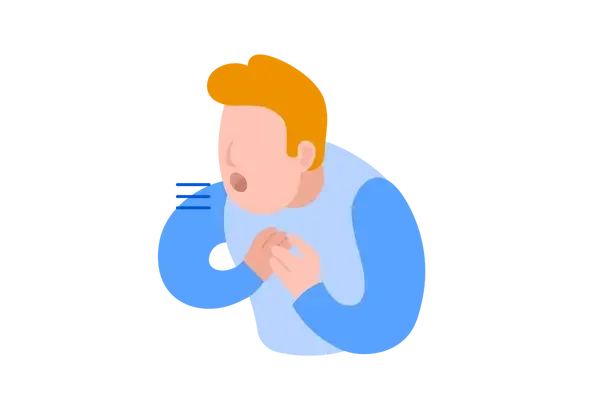
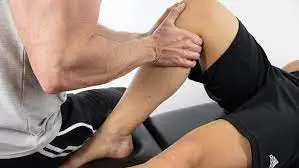
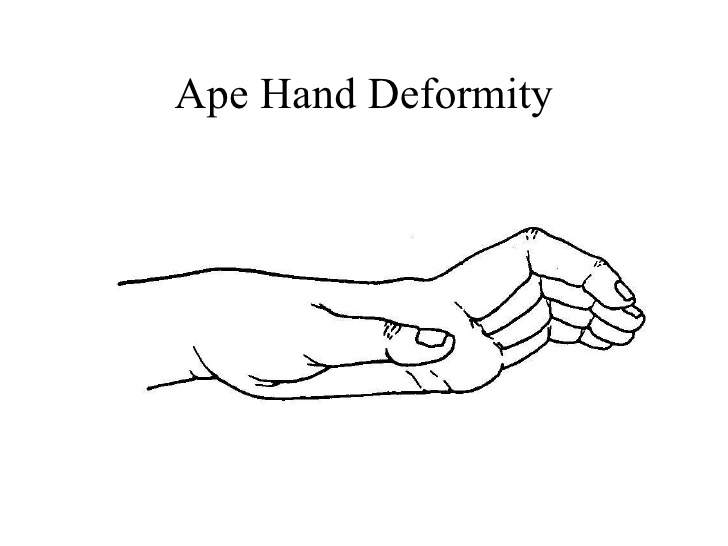
One Comment